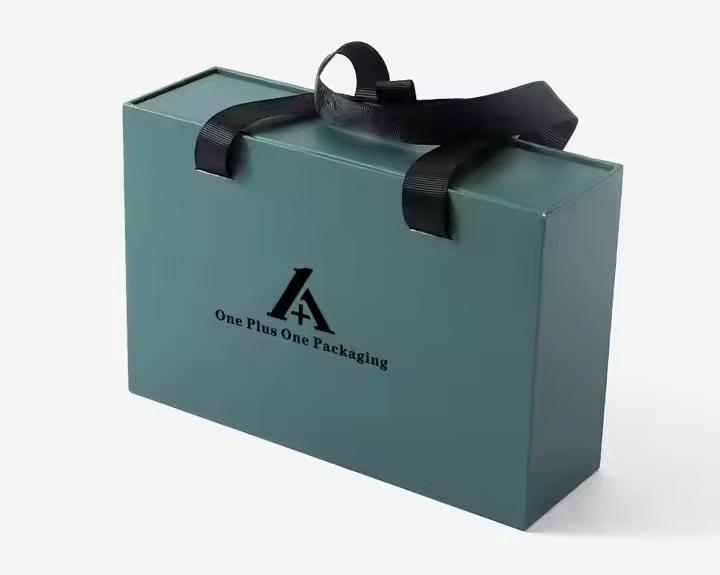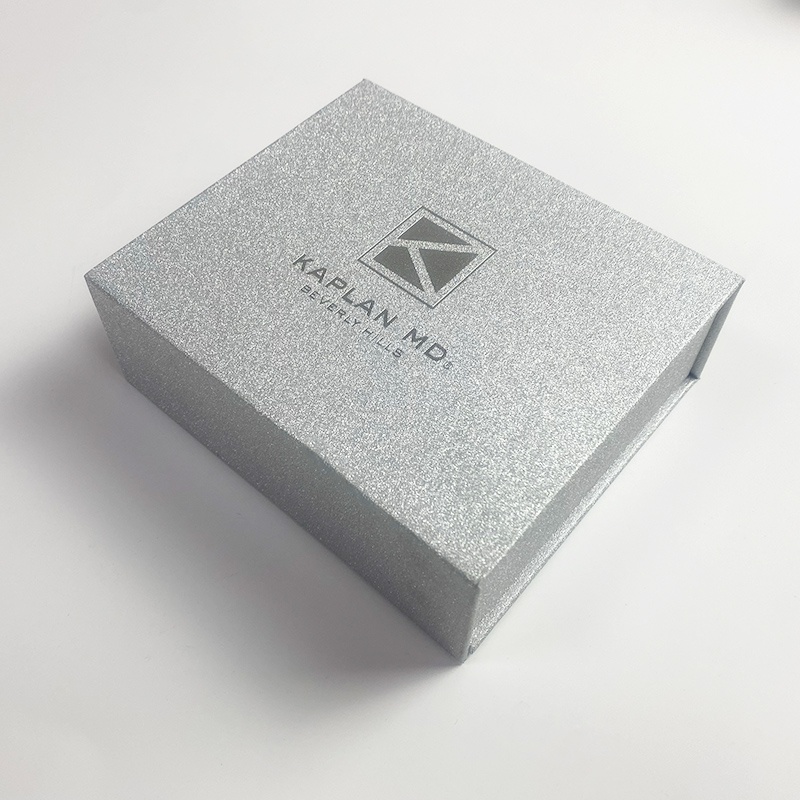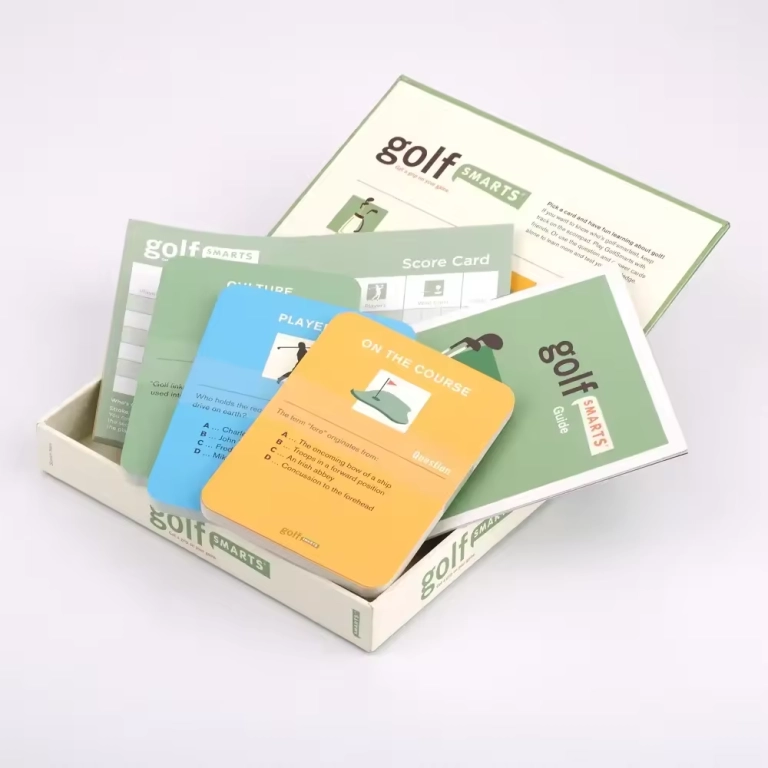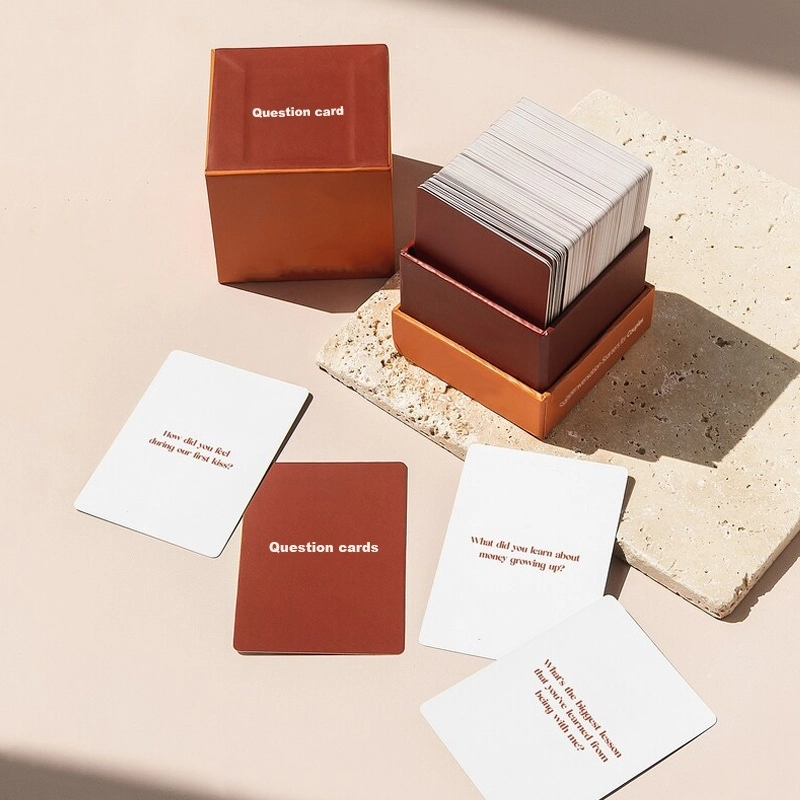
Hey there, if you’re in the packaging game—maybe running a small beauty brand or gearing up for a product launch—you know custom paper boxes can make or break how folks see your stuff. But let’s be real: diving in without a plan? That’s a fast way to burn cash. I’ve seen it happen too many times—businesses pouring money into fancy designs only to end up with boxes that fall apart or don’t fit right. In this post, we’re digging into five big slip-ups people make with custom paper boxes. We’ll break down why they happen and, more importantly, how to dodge them. Stick around; this could save you a bundle.
Why Custom Paper Boxes Matter More Than You Think
Before we jump into the mistakes, let’s chat about why these boxes are such a big deal. Picture this: a customer grabs your cosmetic set off the shelf. The box isn’t just a holder—it’s the first handshake with your brand. Get it wrong, and they might think your product’s cheap, even if it’s top-notch inside. On the flip side, a well-made custom paper box? It screams quality and care.
From my chats with folks in the industry, companies that nail their packaging see up to 30% better shelf appeal, based on some retail studies I’ve come across. But rushing the process? That’s where budgets go to die. We’re talking wasted materials, redo runs, and unhappy customers. Alright, enough setup—let’s get to those pitfalls.
Mistake #1: Skimping on Material Choices
You wouldn’t build a house on sand, right? Same goes for custom paper boxes. One huge error is picking the cheapest materials without thinking about what your product needs. I’ve heard stories from entrepreneurs who went for thin cardboard to cut costs, only to have boxes crumple during shipping. Imagine shipping out a batch of perfume bottles, and half arrive smashed because the box couldn’t handle a little rough handling.
What Goes Wrong Here
Thin or low-grade paperboard might look fine at first, but it doesn’t hold up. For stuff like cosmetics or gift sets, you need something sturdy—think rigid paperboard or eco-friendly options that don’t tear easy. Skipping this step leads to returns, bad reviews, and yeah, more money down the drain. Data from packaging pros shows that poor material choices account for about 20% of production failures in small runs.
How to Sidestep It
Start by matching materials to your product‘s weight and use. If it’s a delicate item like jewelry, go for thicker stock with reinforcements. Chat with your supplier early—ask for samples. Test them out: drop ’em, stack ’em, see what holds. And don’t forget sustainability; folks love recyclable options these days. It might cost a bit more upfront, but it saves on headaches later. Pro tip: always factor in shipping conditions. If you’re going international, beef up that durability.
Oh, and a quick side note—I’ve got a buddy who runs a boutique shop, and he swears by testing materials in real scenarios, like leaving boxes in a humid room for a week. Little things like that make a difference.
Mistake #2: Overcomplicating the Design
Ever seen a box so busy with prints and cutouts that it looks like a kid’s art project? That’s overkill, and it’s a common trap. People get excited and pile on features—embossing here, foil stamping there—without considering if it fits the brand or budget. Result? Sky-high printing costs and boxes that confuse customers instead of wowing them.
The Real Issue
Design bloat jacks up expenses fast. Each extra finish adds setup fees, and if it’s not spot-on, you might need revisions. In one case I recall, a startup spent thousands on intricate patterns for drawer-style boxes, but the design hid the logo. Not great for branding. Industry folks say unnecessary complexity can inflate costs by 40% or more.
Steering Clear of This One
Keep it simple, stupid—wait, that’s a bit harsh, but you get it. Focus on your brand’s core: clean lines, key colors, and functional elements like easy-open drawers. Use tools like mockups to visualize before committing. And here’s a gem: involve your audience early. Run a quick poll on social—what do they like? It keeps things grounded and avoids pricey do-overs. Remember, the goal is elegance, not excess.
Mistake #3: Ignoring Production Scales
Jumping straight to massive orders without testing the waters? Big no-no. Lots of businesses order in bulk to “save money,” but if something’s off—like sizing or color—they’re stuck with a warehouse full of duds. Think about it: a small run might cost more per unit, but it’s way smarter than trashing thousands.
Breaking It Down
Misjudging volume ties up capital and risks waste. For custom paper boxes, setups like die-cutting eat into small batches, but big ones amplify errors. From what I’ve seen in factory reports, about 15% of first-time orders need tweaks, leading to extra runs that eat budgets.
Smart Ways to Handle It
Start small with prototypes or sample orders. Scale up once you’re sure. Look at your sales forecast—don’t order 10,000 if you’re testing the market with 500. Flexible suppliers help here; they can handle low volumes without gouging you. And crunch some numbers: calculate break-even points. If a small order costs $2 per box but saves you from a $5,000 mistake, it’s worth it.
By the way, I once advised a friend on this for his gift packaging line. He went small first, caught a sizing glitch, and avoided a disaster. Small wins add up.
Mistake #4: Bypassing Proper Proofing
Rushing past proofs is like driving blindfolded. You approve a digital mockup, but the real thing? Colors off, prints blurry. Happens all the time because folks skip physical samples to speed things up.
Why It’s a Problem
Digital vs. reality—screens lie. Inks react different on paper, and without a proof, you’re gambling. Packaging stats show proofing errors cause 25% of reprints, burning time and cash.
Dodging the Bullet
Always demand physical proofs. Check ’em under different lights, feel the texture. For finishes like spot UV or embossing, it’s crucial. Build buffer time into your timeline— a week or two for reviews. And document changes clearly to avoid back-and-forth.
Mistake #5: Picking the Wrong Supplier
Last but not least, teaming up with a dodgy supplier. Maybe they’re cheap, but if they cut corners on quality or miss deadlines, your budget suffers. I’ve heard horror stories of delays turning launches into flops.
The Downside
Bad suppliers mean inconsistent boxes, failed certifications, or hidden fees. Without checks like FSC or ISO, you risk non-compliance, especially for kid-safe stuff.
How to Choose Wisely
Vet ’em hard: look for certifications like BSCI, EN71. Ask about capacity—can they handle your volume? Read reviews, visit if possible. Go for ones with experience in your niche, like cosmetics or gifts. Communication’s key—responsive teams save money long-term.
Meet Suba: Your Go-To Custom Paper Box Supplier

If you’re hunting for a reliable partner in this, let me point you to Suba. They’re a pro outfit out of Shenzhen with over 30 years cranking out custom paper boxes. Their factory spans 20,000 square meters, packed with gear like printing presses and auto-laminators. They handle everything from cosmetic boutique boxes to drawer-style gift packaging, all with OEM/ODM options. Plus, they’ve got certifications galore—FSC, BSCI, ISO9001, even Disney and Walmart approvals. Production-wise, they’re no slouches: think 300,000 sets a month for card games, but scaled for boxes too. They offer free samples, competitive prices, and a full service from quote to delivery. If you’re aiming for quality without the fuss, Suba’s worth a look.
For any inquiries, please contact Jing Zhang at Super Printing And Binding Co., Ltd. via Mobile: +86 13632545781.
Conclusion
Wrapping this up, dodging these five common custom paper box mistakes isn’t rocket science—it’s about smart planning and picking solid partners. By focusing on materials, keeping designs clean, scaling right, proofing thoroughly, and choosing wisely, you’ll stretch your budget further and end up with packaging that pops. Remember, great boxes don’t just protect; they sell. Give these tips a shot, and watch your brand shine.
FAQs
What are the top ways to avoid wasting your budget on custom paper boxes?
To steer clear of blowing your cash, prioritize material quality, simplify designs, start with small runs, always get physical proofs, and team up with a vetted supplier like one with strong certifications.
How can I spot common custom paper box mistakes early?
Keep an eye out during planning: if materials feel flimsy in samples or designs look cluttered on mocks, that’s a red flag. Testing small batches helps catch issues before they cost big.
Why do people often make mistakes with custom paper box production volumes?
Folks get tempted by bulk discounts but forget the risks of errors scaling up. Don’t waste your budget—test with prototypes first to ensure everything fits your needs.
What should I look for in a supplier to avoid custom paper box pitfalls?
Certifications, production capacity, and responsive service are key. A good one offers free samples and handles everything from design to shipping smoothly.
How does design impact the cost of custom paper boxes?
Overloading with extras like too many finishes hikes prices fast. Keep it focused on your brand to avoid unnecessary expenses and common mistakes.









